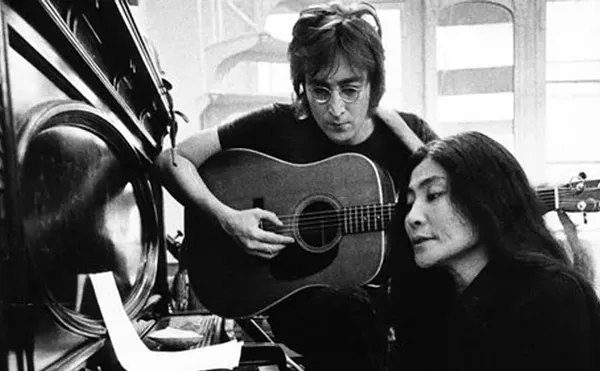
Audio By Carbonatix
[
{
"name": "GPT - Leaderboard - Inline - Content",
"component": "35519556",
"insertPoint": "5th",
"startingPoint": "3",
"requiredCountToDisplay": "3",
"maxInsertions": 100,
"adList": [
{
"adPreset": "LeaderboardInline"
}
]
}
]
Set in a stately manor house in County Cork in 1920, The Last September is a subdued tale about the final days of British rule in Ireland. Even though politics and the very real possibilities of change swirl around them, its characters are primarily navel-gazers concerned with their private passions and petty conflicts.
Out of this antithetical material (which is based on Elizabeth Bowen’s novel), director Deborah Warner and screenwriter-novelist John Banville have fashioned an often compelling tale about intentional blindness, in both love and war.
Wealthy, beautiful 19-year-old Lois Farquar (Keeley Hawes) possesses everything but caring parents to guide her. Flitting about her uncle’s estate, she attracts the devotion of Capt. Gerald Colthurst (David Tennant), an English officer stationed with nearby troops who were sent to control the Irish uprising.
The arrival of meddlesome houseguest Marda Norton (Fiona Shaw), a dubious role model who takes Lois under her wing, coincides with the reappearance of the young woman’s childhood playmate, now a deadly efficient leader of the rebellion and an immensely charismatic bad boy.
Of course, tragedy ensues, and in mostly predictable fashion. But Warner manages to construct a Chekhovian tale about the ramifications of privilege and aristocracy, particularly one based on colonization.
When Sir Richard Naylor (Michael Gambon) discusses the post-revolution fate of the Anglo-Irish in Ireland with a baffled Capt. Colthurst, it’s a marvel of pretzel logic which expresses the tenuous state of these descendants of the English ruling class who find they fully belong to neither country.
English theater director Deborah Warner brings an assured sense of cinema language to her film debut, often shooting the action through colored glass windows or Lois’ ever-present telescope. In The Last September, the manor serves not only as the central location, but as an anchor which keeps these characters grounded, and provides the appearance of constancy when their future is anything but certain.
Serena Donadoni writes about film for the Metro Times. E-mail her at letters@metrotimes.com.





